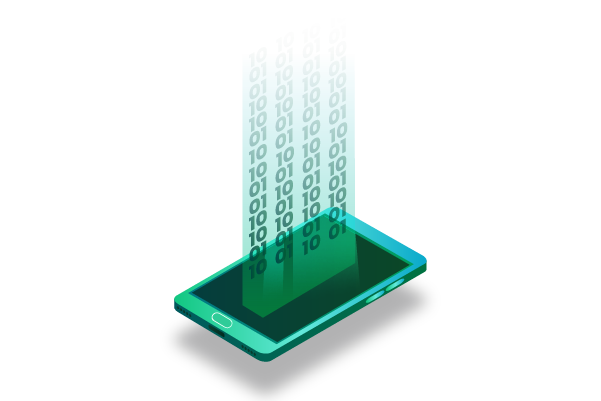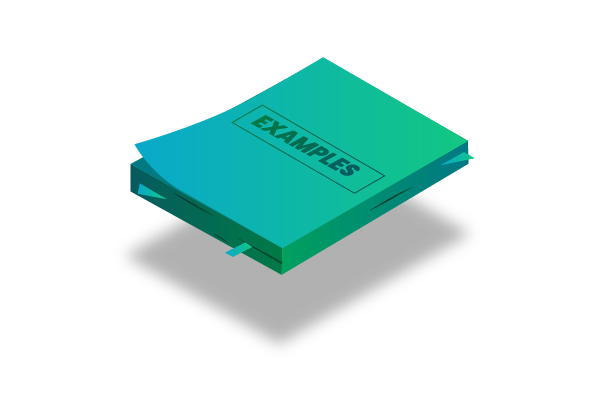In the realm of blockchain and smart contracts, Solidity stands out as the premier programming language for Ethereum. As developers dive deeper into Solidity, they often encounter the term “Solidity interface.” But what exactly is it, and why is it crucial for smart contract development? This guide aims to demystify the concept, providing a clear understanding complemented by practical examples.
Solidity interfaces play a pivotal role in ensuring seamless interactions between different smart contracts. They define a set of functions without implementing them, acting as a blueprint for other contracts. Let’s delve into the intricacies of Solidity interfaces and explore their real-world applications.
What Is Solidity Interface?

At its core, a Solidity interface is a custom data type that defines a set of function signatures. However, unlike regular contracts or abstract contracts, it doesn’t provide the implementation for these functions. Think of it as a contract skeleton, outlining how other contracts should interact with it but leaving the specifics of the implementation to those contracts.
There are a few key characteristics of Solidity interfaces:
- No Storage Variables: Interfaces cannot have state variables, which means they can’t store data on the blockchain directly.
- External Functions: All functions in an interface are implicitly “external,” which means they can be called from other contracts and transactions but not from within the interface itself.
- No Logic: While they define function signatures, interfaces don’t contain any logic or function bodies. They merely act as a template for other contracts to follow.
- Inheritance: Multiple interfaces can be inherited by a single contract, allowing developers to combine different sets of function signatures as needed.
Understanding the essence of Solidity interfaces is crucial for grasping their role in the broader Ethereum ecosystem. They act as a bridge, facilitating communication between disparate contracts, ensuring that there’s a common language or protocol that all participating contracts understand and adhere to.
Also Read: List of 14 Layer 1 (L1) Blockchains as of 2023
The Basics of Solidity Interface
In the world of smart contracts, Solidity interfaces play a key role in making sure things run smoothly. They’re kind of like templates for contracts, outlining what functions should be there without getting into the nitty-gritty of how they work. The cool thing is, interfaces don’t handle data or complicated stuff; they’re all about keeping things organized.
Imagine you have a bunch of contracts that need to chat with a central one. Using a Solidity interface is like giving them a rulebook to follow, making sure they all talk to the central contract in the same way. This standardization is like a safety net for decentralized apps (DApps), making sure they work well and stay secure. So, in a nutshell, Solidity interfaces help contracts play nice with each other in the blockchain world.
Practical Examples of Solidity Interface

Solidity interfaces are an essential part of smart contract development. They allow contracts to communicate with each other in a standardized way, ensuring that contract interactions are compatible. Here are some practical examples of Solidity interfaces:
1. Token Standards
One of the most common uses of Solidity interfaces is in defining token standards like ERC-20 and ERC-721. These standards ensure that all tokens, regardless of their specific implementations, have a consistent set of functions. This uniformity allows wallets, exchanges, and other DApps to interact with any token following the standard without any hitches.
2. Inter-contract Calls
Consider a decentralized marketplace where various vendors offer their products. Each vendor might have its contract, but they all need to interact with the central marketplace contract. An interface can be used to define the methods through which these vendor contracts interact with the marketplace, ensuring consistency and security.
3. Upgradable Contracts
In situations where you might want to make improvements to a contract down the road, Solidity interfaces can be really helpful. These interfaces allow you to split the contract into two parts: one for the logic and the other for storing data. This way, you can make updates to the logic part without affecting the stored data, ensuring it stays safe and sound while still allowing you to make necessary changes as your project evolves.
Advantages of Using Solidity Interface
Solidity interfaces provide a way to interact with smart contracts and have several advantages in the context of Ethereum and decentralized application (dApp) development:
1. Flexibility
A Solidity interface is like a blueprint that lets developers define the specific functions they need without worrying about how those functions are actually carried out. This flexibility means that different parts of a program can have their own way of doing things while still following a common set of rules. It’s kind of like having a standard recipe for making cookies, but each baker can use their own ingredients and techniques to achieve the same tasty result.
2. Interoperability
In Solidity, when you use a “Solidity interface,” you create a way for different parts of a decentralized application (DApp) to talk to each other smoothly. This is super important for building DApps because it lets different parts, or contracts, of the application understand and work with each other’s rules. It’s like making sure all the pieces of a puzzle fit together perfectly, allowing your DApp to function seamlessly.
3. Security
A Solidity interface is like a rulebook for functions, making sure they all follow the same set of rules. This helps prevent unexpected issues or security problems in the system. It’s a bit like having a recipe that everyone in the kitchen has to follow to make sure the meal turns out just right. So, by using a Solidity interface, you can keep things running smoothly and avoid any surprises down the road.
4. Clarity
A Solidity interface is like a blueprint that helps developers see exactly how various contracts will work together, making it easier to build smart contracts smoothly and efficiently. It’s like having a clear roadmap for your coding journey, ensuring that different parts of your project fit together seamlessly, ultimately making the development process straightforward and hassle-free.
Also Read: What are Smart Contracts in Blockchain? Functionality and Operations
Common Misconceptions about Solidity Interface

When discussing common misconceptions about Solidity interfaces, it’s important to provide more context to understand the potential pitfalls and misunderstandings that developers might encounter. Here are some common misconceptions and their explanations:
1. Not a Full Contract
A Solidity interface might seem like a full agreement, but it’s not quite that. You see, a Solidity interface just lays out the blueprint for how functions should look, kind of like a recipe card listing ingredients and steps for a dish, but without telling you how to actually cook it or storing any of the finished meals. So, it’s like having the instructions for making a cake but not the cake itself – you know what should happen, but you still need a separate contract to provide the actual cake-making details and storage.
2. Not Just for Tokens
Solidity interfaces aren’t just about token standards; they have a wide range of uses in the world of smart contracts. These interfaces serve as a way for different contracts to communicate and work together seamlessly. Instead of digging into complex technicalities, think of them as the bridges that allow smart contracts to understand and cooperate with one another, enabling a whole host of possibilities beyond tokens.
3. Doesn’t Impose Gas Costs
A Solidity interface doesn’t pile on extra gas expenses because it doesn’t do any heavy lifting like calculations or storing data. Its main job is to keep things organized and predictable in transactions by setting the rules everyone follows. So, think of it like a traffic cop, making sure everyone on the road (or the blockchain) knows how to behave without causing any extra traffic jams (or gas costs).
Conclusion
Solidity interfaces, though a nuanced concept, are fundamental to the efficient and secure functioning of the Ethereum ecosystem. They provide the necessary structure, ensuring that different contracts can interact seamlessly while maintaining their unique implementations. As the world of decentralized applications continues to grow, the importance of such standardization mechanisms cannot be overstated.
In the ever-evolving landscape of blockchain technology, understanding tools like Solidity interfaces is paramount for developers and enthusiasts alike. They not only pave the way for innovative solutions but also ensure that the decentralized world remains robust and reliable. As we move forward, it’s exciting to envision the myriad of possibilities these interfaces will unlock in the realm of smart contracts.
Disclaimer: The information provided by HeLa Labs in this article is intended for general informational purposes and does not reflect the company’s opinion. It is not intended as investment advice or recommendations. Readers are strongly advised to conduct their own thorough research and consult with a qualified financial advisor before making any financial decisions.

Joshua Soriano
I am Joshua Soriano, a passionate writer and devoted layer 1 and crypto enthusiast. Armed with a profound grasp of cryptocurrencies, blockchain technology, and layer 1 solutions, I've carved a niche for myself in the crypto community.
- Joshua Soriano#molongui-disabled-link
- Joshua Soriano#molongui-disabled-link
- Joshua Soriano#molongui-disabled-link
- Joshua Soriano#molongui-disabled-link

